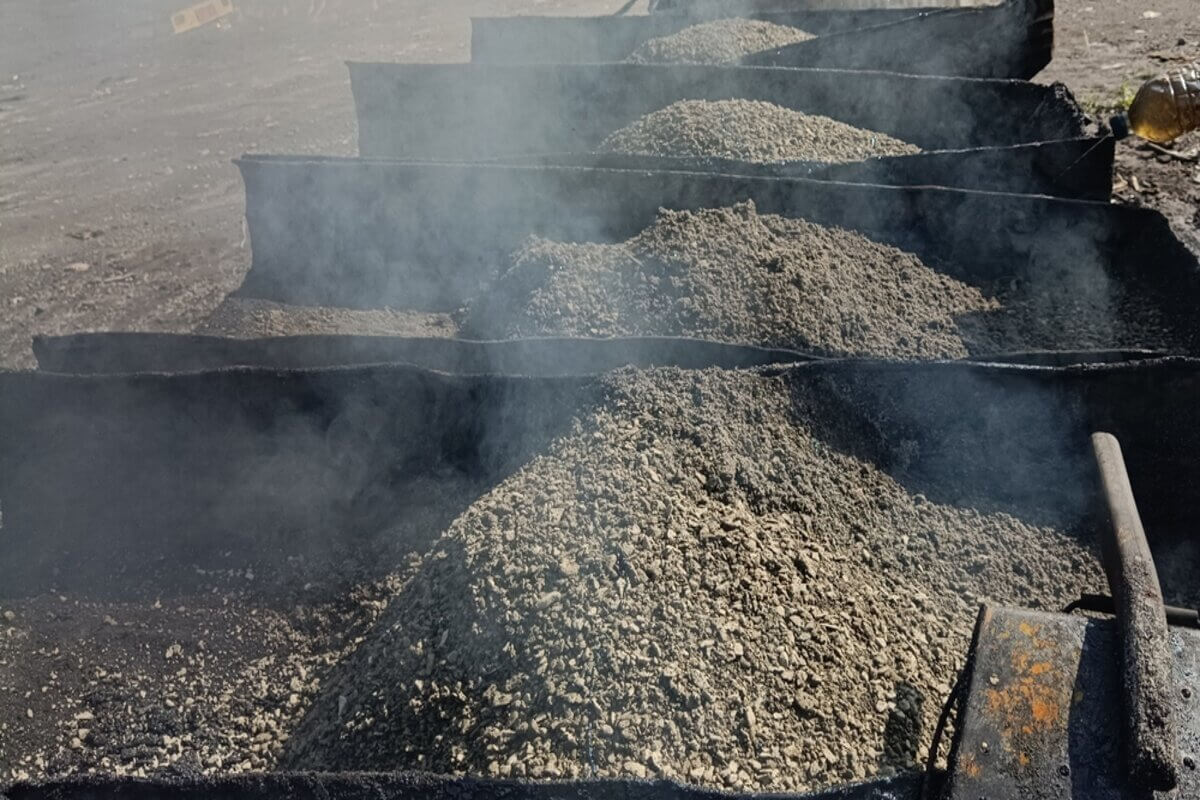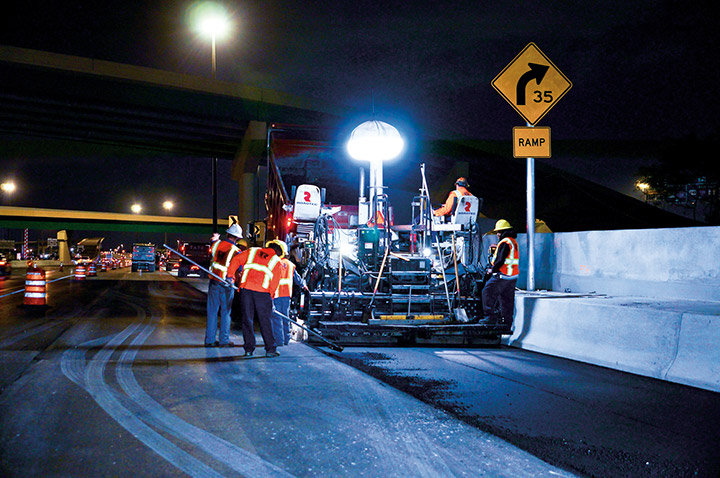Transform Your Residential or commercial property's Landscape with Hot Mix Asphalt Paving Excellence
Transform Your Residential or commercial property's Landscape with Hot Mix Asphalt Paving Excellence
Blog Article
Unlocking the Secrets of Hot Mix Asphalt Modern Technology
Exploring the depths of warm mix asphalt innovation uncovers a globe where exact formulas and careful processes converge to form our roads and facilities. The fusion of accumulations, fillers, and binders isn't simply a building job however a calculated orchestration of sturdiness and effectiveness.
Significance of Warm Mix Asphalt
Warm Mix Asphalt plays a critical duty in contemporary infrastructure development as a result of its toughness and cost-effectiveness. As the most typically utilized paving product for roads, highways, and car park lots, Warm Mix Asphalt offers a variety of benefits that contribute to its value in construction tasks. One vital advantage is its capability to stand up to rush hour lots and extreme weather condition problems, offering a trustworthy and lasting surface for transportation networks. Furthermore, Hot Mix Asphalt is cost-effective in both initial construction and long-term upkeep, making it a recommended option for lots of facilities projects.
The longevity of Warm Mix Asphalt stems from its make-up, which consists of accumulations, binder, and filler materials that are very carefully chosen and mixed to fulfill certain efficiency requirements. This accurate mix results in a solid and adaptable pavement that can sustain frequent usage without considerable wear and tear. Moreover, Hot Mix Asphalt is 100% recyclable, more improving its sustainability and ecological advantages. On the whole, the importance of Hot Mix Asphalt in framework advancement can not be downplayed, as it remains to be a keystone of modern-day building methods.
Parts of Asphalt Mixes
The structure of asphalt blends consists of thoroughly selected accumulations, binder, and filler products that are essential for accomplishing certain efficiency demands. Aggregates are the key element of asphalt blends, offering stamina and security. The binder, normally bitumen or asphalt cement, holds the accumulations with each other and gives versatility and durability to the mix.
The combination and proportion of these components play a substantial duty in determining the quality and efficiency of the asphalt mix. Engineers very carefully create the mix to fulfill particular demands, considering variables like web traffic volume, environment problems, and sidewalk life expectancy. Appropriate selection and harmonizing of accumulations, binder, and fillers are crucial for developing durable, long-lasting asphalt pavements.
Mixing and Manufacturing Methods

When the accumulations are chosen, the binder, often asphalt cement, is included in bind the products together. The binder's top quality and quantity considerably affect the mix's strength, versatility, and resistance to environmental webpage factors. Additionally, fillers like hydrated lime or Portland cement might be integrated to improve particular features of the asphalt mix, such as its workability or dampness resistance.
During production, the accumulations and binder are heated, commonly in between 250-325 ° F(121-163 ° C ), to help with blending and guarantee correct coating of the aggregates. The mixing procedure should be extensive to attain a homogeneous combination that advertises the preferred performance characteristics of the asphalt. Numerous techniques, such as batch mixing or drum mixing, are employed to accomplish regular and top notch asphalt blends for building tasks.
Elements Impacting Asphalt Performance
Factors affecting asphalt performance include a series of variables that impact the resilience, durability, and overall quality of asphalt pavements. One key aspect is the high quality of products utilized in the asphalt mix. The kind and source of aggregates, the binder high quality, and the additives all play a significant role in determining the efficiency of the asphalt pavement. Homepage The gradation of aggregates is essential as it influences the mix's resistance, stability, and workability to cracking and rutting.

Design factors to consider, such as pavement thickness and water drainage, are vital in ensuring the lasting performance of the asphalt pavement. By meticulously thinking about these aspects, designers and professionals can maximize asphalt efficiency and enhance the solution life of pavements.
Lasting Practices in Asphalt Modern Technology

WMA allows for the manufacturing and positioning of asphalt blends at reduced temperature levels contrasted to typical hot-mix asphalt, resulting in lowered power intake and greenhouse gas emissions. The use of porous asphalt mixes can aid minimize stormwater runoff issues by permitting water to infiltrate with the pavement and right into the ground, advertising all-natural water purification and charge procedures.
Conclusion
In final thought, warm mix asphalt innovation plays a crucial role in modern facilities advancement as a result of its longevity and cost-effectiveness. By meticulously stabilizing elements, employing correct blending strategies, and thinking about numerous variables, engineers can develop premium asphalt blends that withstand hefty traffic tons and severe climate conditions. Embracing sustainable methods, such as using warm-mix innovations and recycled products, additionally enhances the environmental friendliness of asphalt technology.
Blending and manufacturing techniques in warm mix asphalt modern technology include the accurate combination and processing of accumulations, binder, and fillers to develop a resilient and high-performance asphalt mix.Elements affecting asphalt efficiency include an array of variables that impact the sturdiness, durability, and overall quality of asphalt pavements. Lasting practices in asphalt modern technology include different initiatives intended at lowering the environmental impact of asphalt manufacturing and paving procedures. By integrating reclaimed asphalt pavement (RAP) and recycled asphalt tiles (RAS) into new asphalt blends, the sector can considerably lower the consumption of raw materials and power, while likewise decreasing landfill waste.
WMA allows for the production and positioning of asphalt blends at lower temperature levels contrasted to standard hot-mix asphalt, resulting in reduced power usage and greenhouse gas emissions.
Report this page